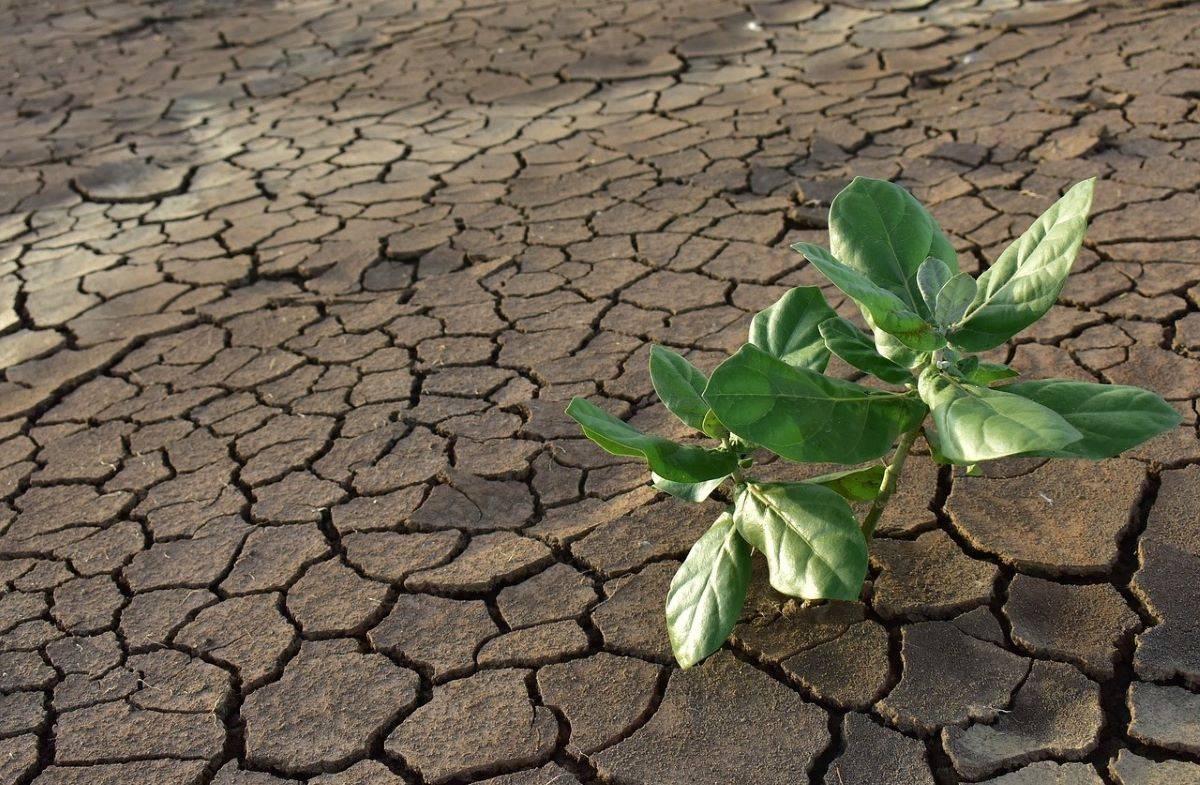
In a bid to address the ongoing drought-like situation in Bihar, officials from the Central government and the state of Bihar convened a high-level meeting in Patna on June 28. Despite the arrival of the southwest monsoon on June 13, the drought has persisted, prompting the need for urgent action.
The meeting, co-chaired by Shubha Thakur, Joint Secretary (Crops and Oilseeds) in the Union Ministry of Agriculture and Farmers Welfare, and Sanjay Agarwal, Secretary (Agriculture), Government of Bihar, focused on reviewing the implementation of various central schemes for kharif sowing and agriculture, as well as preparing strategies to tackle the drought situation.
Central officials, who travelled from Delhi to attend the meeting, urged state officials to adhere to the guidelines issued by the Centre to effectively manage the drought crisis. The gathering also provided an opportunity to thoroughly assess the progress of centrally sponsored schemes, with the presence of the state's nodal officers ensuring a comprehensive review.
Bihar officials present at the meeting expressed their commitment to following the directions received from the central government in order to effectively prepare for the drought. Sanjay Agarwal announced that subsidies for diesel and seeds would be made available if necessary. As part of contingency planning, a crop scheme is already underway to ensure an adequate supply of seeds. The Bihar State Seed Corporation has floated an advance tender of 41,000 quintals of seeds covering 15 different crop varieties.
Efforts to promote climate-resilient agriculture through the Krishi Vigyan Kendra (KVK) and the state's extension wing were highlighted during the meeting. Additionally, the state's power department has taken measures to ensure uninterrupted electricity supply for 18-20 hours in rural areas, facilitating irrigation. District agriculture officers have also developed a detailed drought prevention plan to mitigate the impact of the crisis.
Sanjay Agarwal further disclosed that the State Level Sanctioning Committee of Bihar is scheduled to convene on June 30. The state government assured attendees that it would prioritize crop diversification, particularly in southern Bihar, while promoting crops such as maize and millet.
Shubha Thakur emphasized the importance of geo-referencing for all components of central schemes in Bihar, including agricultural equipment, seed production, and input distribution. Thakur called for increased coordination between departments through meetings with institutions like the Indian Agricultural Research Institute and KVKs. Furthermore, she stressed the need to enhance the involvement of self-help group members.
Last year, Bihar and Jharkhand declared drought, but the central government failed to take adequate measures. With the El Nino weather phenomenon expected to impact India this year, the central government is concerned about the potential worsening of agrarian distress ahead of the general elections in 2024. In February, the Union Finance Ministry had already warned about the possibility of losses due to El Nino.
As per data from the India Meteorological Department (IMD), Bihar received only 47.5 millimeters (mm) of rainfall from June 1-29, significantly below the normal rainfall of 151.1 mm. This amounts to a rainfall deficiency of 69 percent in the state.
Out of Bihar's 38 districts, only two have received normal rainfall, while six districts have been classified as "Deficient" and 30 districts as "Large-Deficient" by the IMD. The worst affected districts include Muzaffarpur, Vaishali, and Saran, which have witnessed rainfall deficits of 99 percent, 93 percent, and 97 percent, respectively.
Other severely affected districts include Aurangabad (86 percent less rainfall than normal), Begusarai (87 percent less), Samastipur (91 percent less), and Siwan (91 percent less). However, there was some respite as Bihar received 9.6 mm of rainfall between 8 am on June 27 and 8 am on June 28. Araria, Banka, Bhagalpur, Khagaria, Munger, and Supaul witnessed rainfall that exceeded 60 percent of the normal levels during this 24-hour period.
A local representative of the IMD has expressed optimism, predicting widespread rainfall in Bihar over the next few days, which could potentially alleviate the dire situation.
















